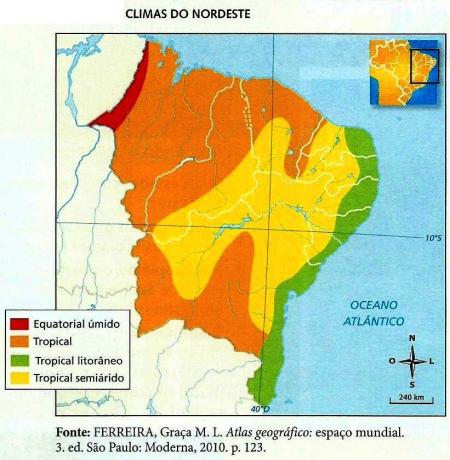Located in the Rocky Mountain States Region, Nevada is the state with the highest population growth rates in the United States. It is limited to Oregon and Idaho to the north, Utah and Arizona to the east, and California to the south and west.
The first explorers in the region were the Spaniards, who gave the state its current name due to the heavy snowfall that occurs during the winter. Later, in 1821, the region came under Mexican rule. Nevada was annexed by the United States in 1848, with the end of the Mexican-American War, and elevated to the status of a state after the American Civil War, in 1864.
It has a small number of rivers. Most of its region is desert, so its temperatures vary widely between day and night. Winters are usually quite cold, especially in the northern region of the state, with an average of -4°C. In summer, the highest temperatures are found in the south, with averages of 30°C. Nevada has the lowest precipitation rates in the United States.
Although the state has a large population growth, caused mainly by Mexican immigration, large parts of its territory are desert. The main human conglomerations are located in the cities of Las Vegas and Carson City-Reno. Nevada's biggest source of income is tourism: Las Vegas casinos attract tourists from all over the world. Another significant economic activity in the State is mining; it is a major producer of silver, gold, oil and sand.
Nevada. Nevada State
Brazil Aid: increase will take place in October
Through just one program, the Brazil Aid manages to include and attend to social assistance, educ...
read more
Northeast Region Climate
The Brazilian northeast is made up of the states of Maranhão (MA), Piauí (PI), Ceará (CE), Rio Gr...
read morePopulation of the Northeast Region
A Northeast Region is responsible for the occupation of the largest coastline in the country. Mad...
read more